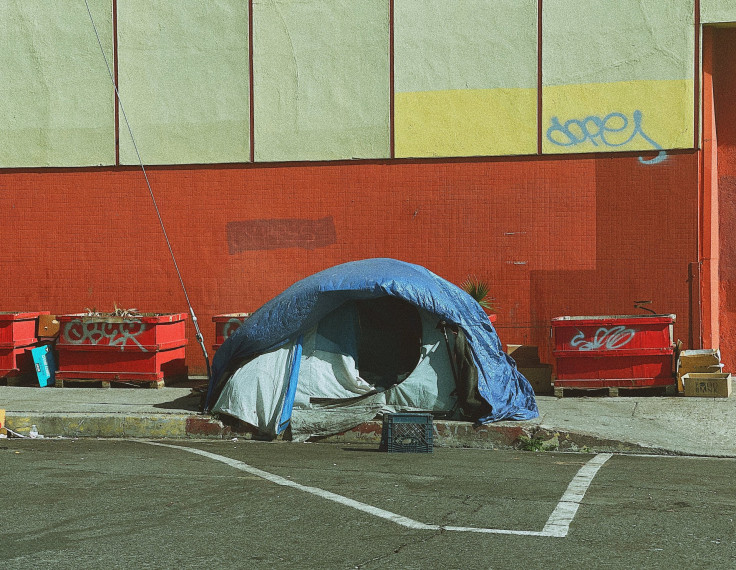
Homelessness has more than tripled in Chicago over the past year as authorities struggled to manage the thousands of migrants who arrived to the city during the period. Concretely, the figure went from a little over 6,000 in January 2023 to nearly 19,000 a year later, according to an annual city survey.
The figure includes people who don't have stable housing and those living in shelters, according to the definition provided by the Department of Housing and Urban Development.
The bulk of the increase comes from the almost 14,000 migrants living in the city's shelter system on the night the survey was conducted, compared to 2,176 the year prior. Moreover, there were 212 migrants living unsheltered at that time, compared to 2023's 20.
The report reflects "an increased need for housing and homeless services" both in Chicago and across the country, said Maura McCauley, managing deputy commissioner of the city's Department of Family and Support Services. She added that authorities have been working to "add five times the number of shelter beds to our system and in a short window of time."
"Fortunately, you see the majority of those asylum-seekers were in shelter, and if we hadn't really met that moment, we would have seen a large, unprecedented increase in our unsheltered population."
According to the city's migrant-related dashboard, over 43,000 people have arrived in the city since August 2022. The latest figures from Friday show that the current amount of people in the system is now lower than 7,000 following more strict limits on shelter stays imposed by the city. A significant issue preventing migrants from leaving the system in a more permanent way, authorities say, is the systemic delay in giving migrants work permits.
But the figure is not solely explained by migrant arrivals, as the number of homeless people outside of this group also rose, albeit in smaller amounts: from 3,943 to 4,945 when the survey was conducted. It's about a 25% increase in a year.
Concretely, nonimmigrants living in shelters rose by 18%, mainly as a result of expanded winter bed access, new programs, and the arrival of more people as relief programs from the COVID-19 era ended. The amount of people experiencing unsheltered homelessness increased by 65%.
© 2025 Latin Times. All rights reserved. Do not reproduce without permission.




